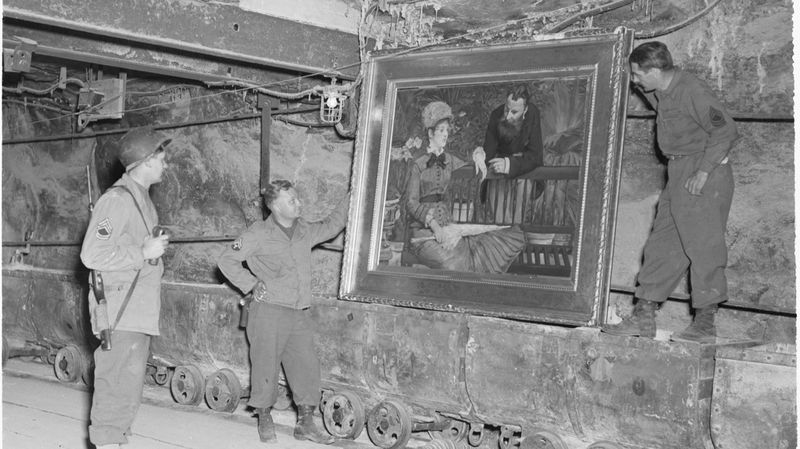During the party’s reign, Nazi Germany committed massive art theft across Europe. While more than 70 years ago, the effects of those crimes are still felt today.
“Muscarelle Explorations: Art Repatriation” will address the cultural impact art theft by the Nazi’s has had through a series of lectures and movie screenings that will take place at the Muscarelle Museum of Art and other locations on the College of William and Mary campus.
“The pillaging of Jewish art by the Nazis was widespread, and so these stories, particularly of Holocaust survivors but also their families trying to reclaim those artworks, is pretty common,” said Jessica Krauss, president of the Art and Cultural Heritage Law Society at the College’s Law School.
Krauss said her organization is helping facilitate logistics and publicity for the symposium.
“I thought (Muscarelle Explorations: Art Repatriation) had a really great group of speakers on a topic that’s interesting and today still pretty relevant,” Krauss said.
Two guest lecturers are Eden Burgess and Thomas Kline, attorneys with Cultural Heritage Partners. Burgess said their firm is the only one in the country that focuses exclusively on art culture, cultural heritage and museums.
“Tom and I have been working together for about 15 years — and we’ve done a number of litigations of Nazi looting claims, and basically war and other conflicts, and how that leads to destroyed cultural heritage and trying to help our clients recover objects or damages from those kinds of losses,” Burgess said.
This symposium highlights how Hitler used both violence and cultural eradication to beat people down.
“He also wanted to destroy cultures so the only one that remained was the one he thought was the correct one, the Germanic classical culture,” Burgess said. “A central part of his strategy in the war was stripping collections, Jewish collections of course, and museums of degenerate art, of Judaica, of art he did not think was Germanic in nature — and in doing so stripping the Jewish community of a vital part of their identity.”
“It’s an interesting story. We have all kind of grown up having a pretty good understanding of what we consider World War II and the Holocaust — I think (art repatriation) is an interesting lens to look at the war through, just how thoroughly systematic this persecution was,” Krauss said.
When the Nazis stole the art, it became the German government’s property rather than the Jewish owner’s. Burgess said even today more art stolen by the Nazis is being uncovered.
Read the entire article at the Virginia Gazette.
Image: U.S. Soldiers examine a famous painting, “Wintergarden,” by Edouard Manet removed by the Nazis from Berlin to a salt mine vault. (U.S. National Archives and Records)
